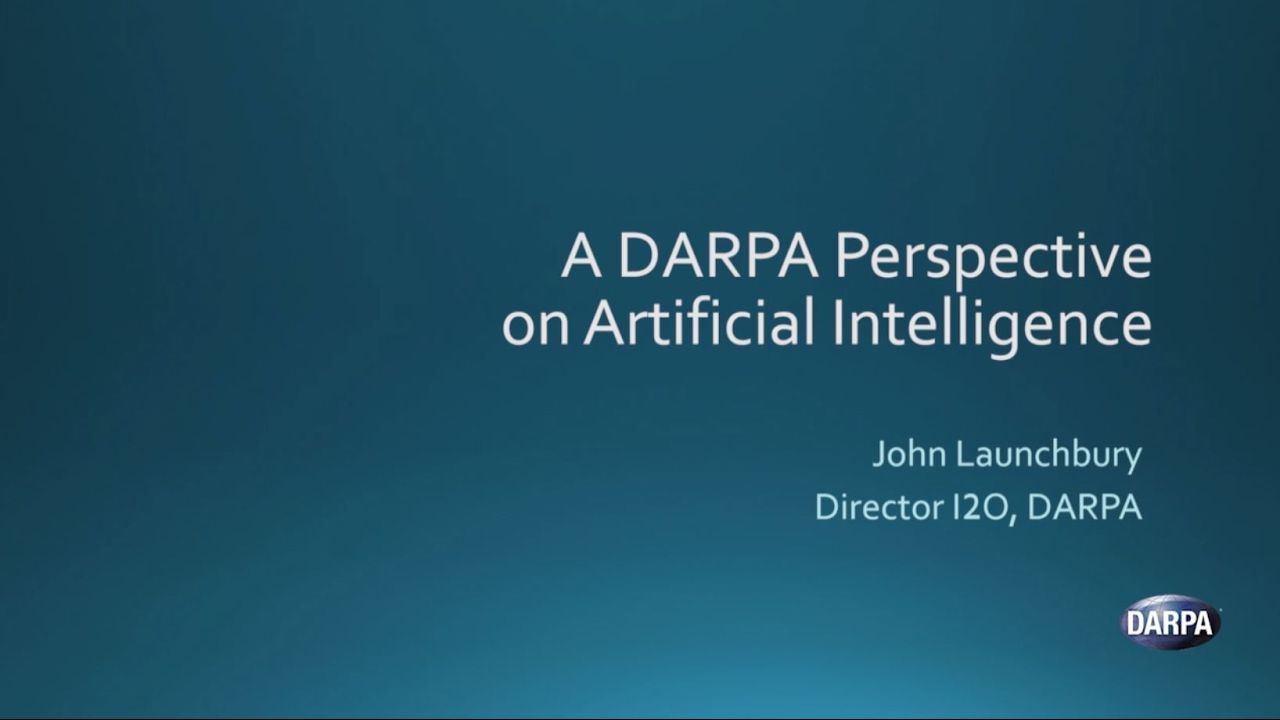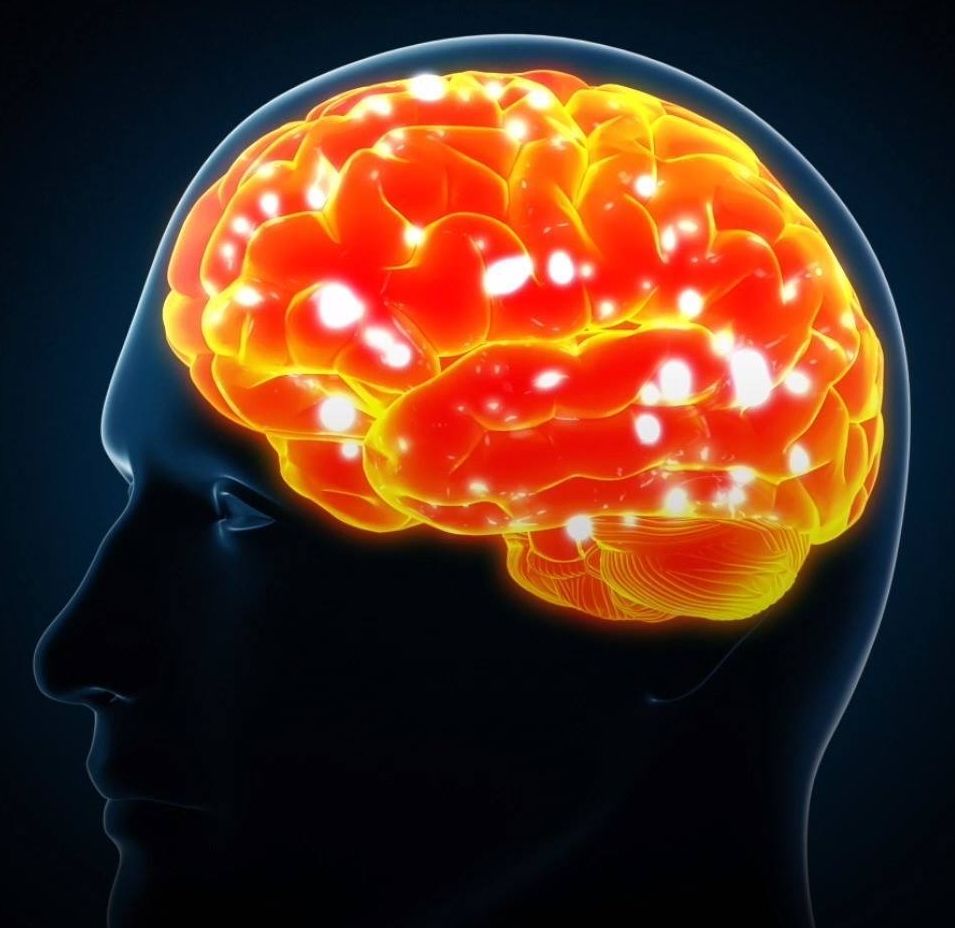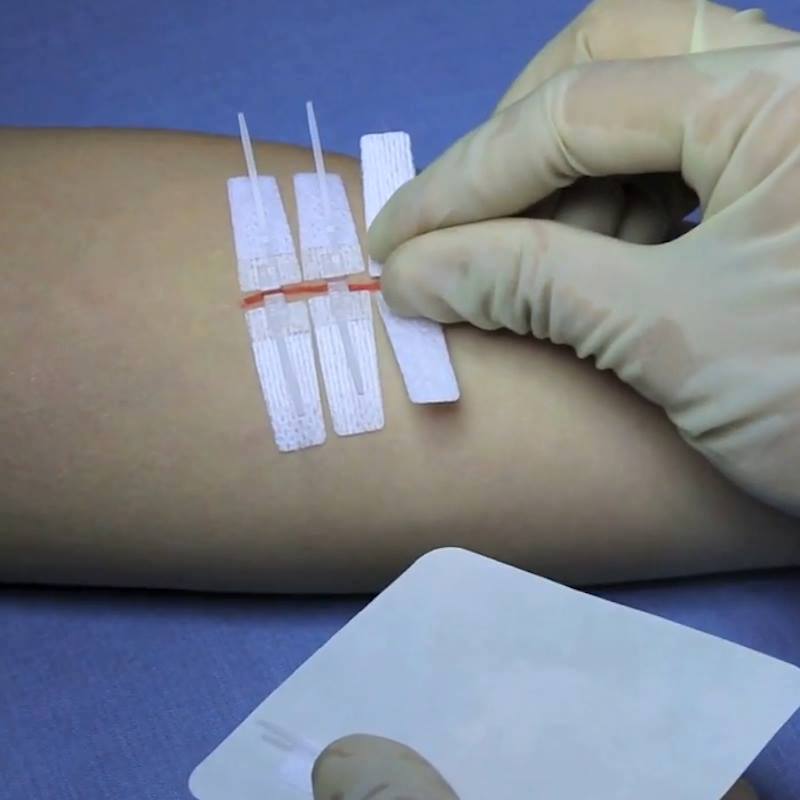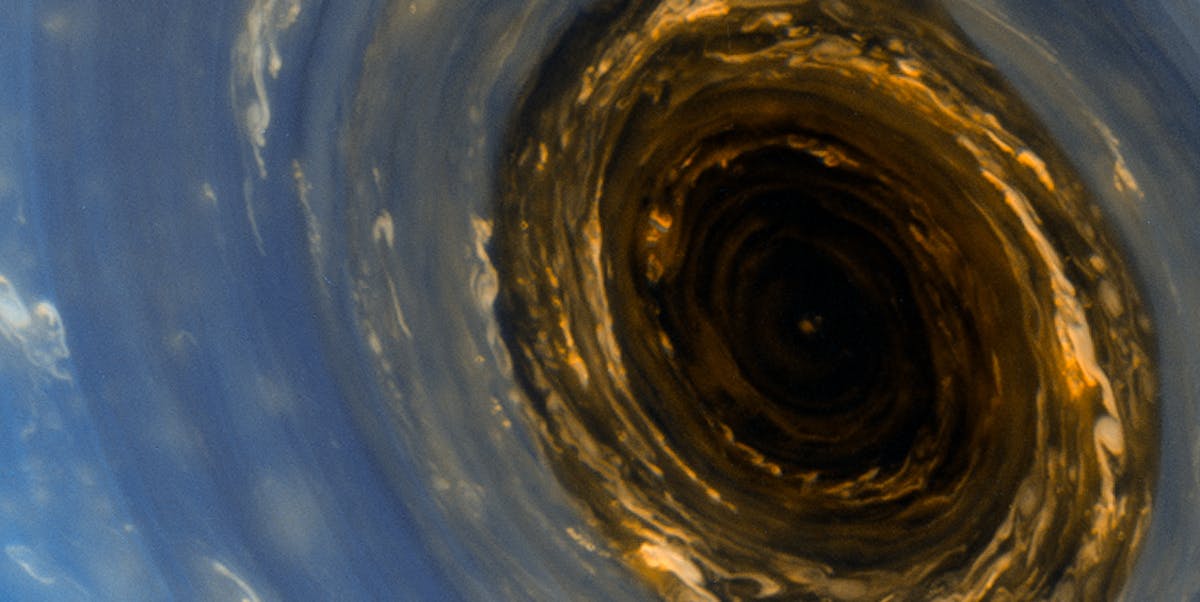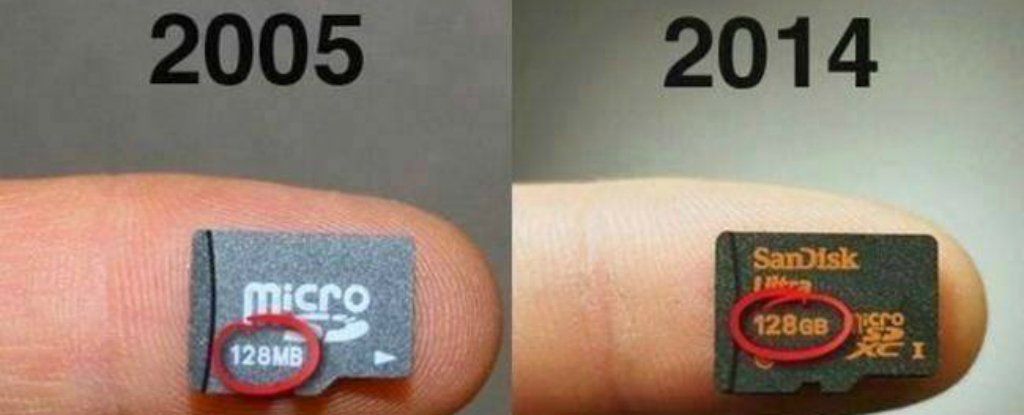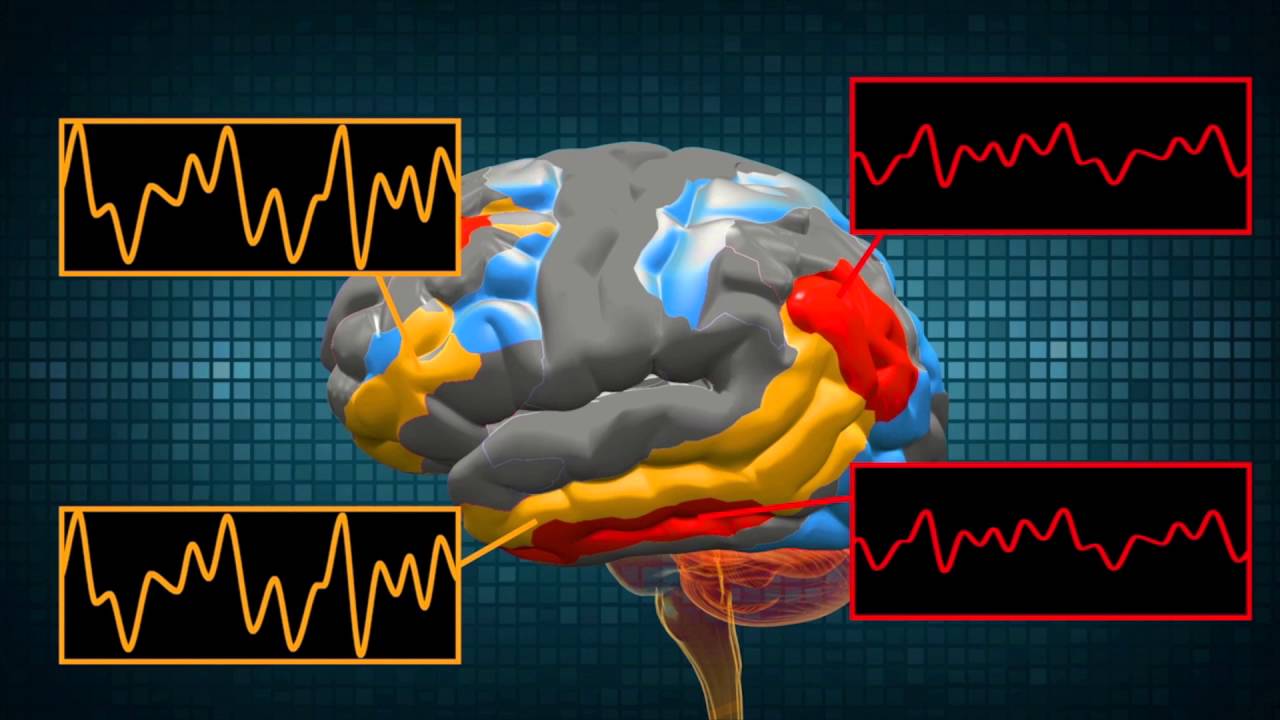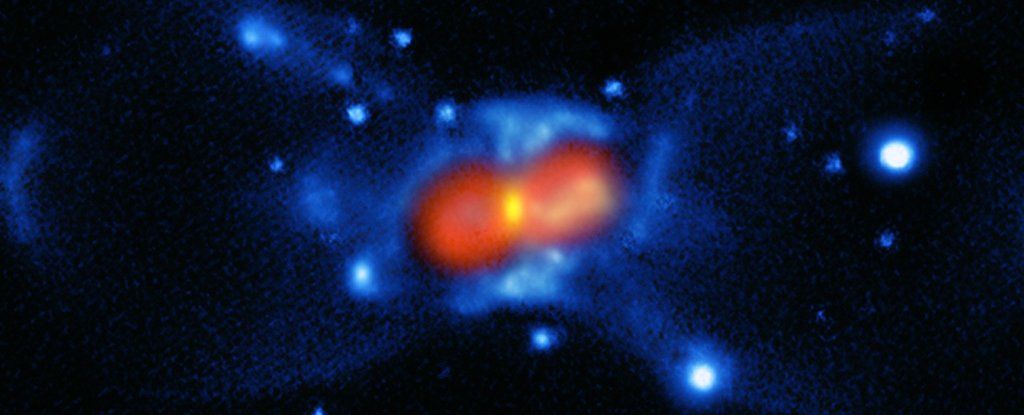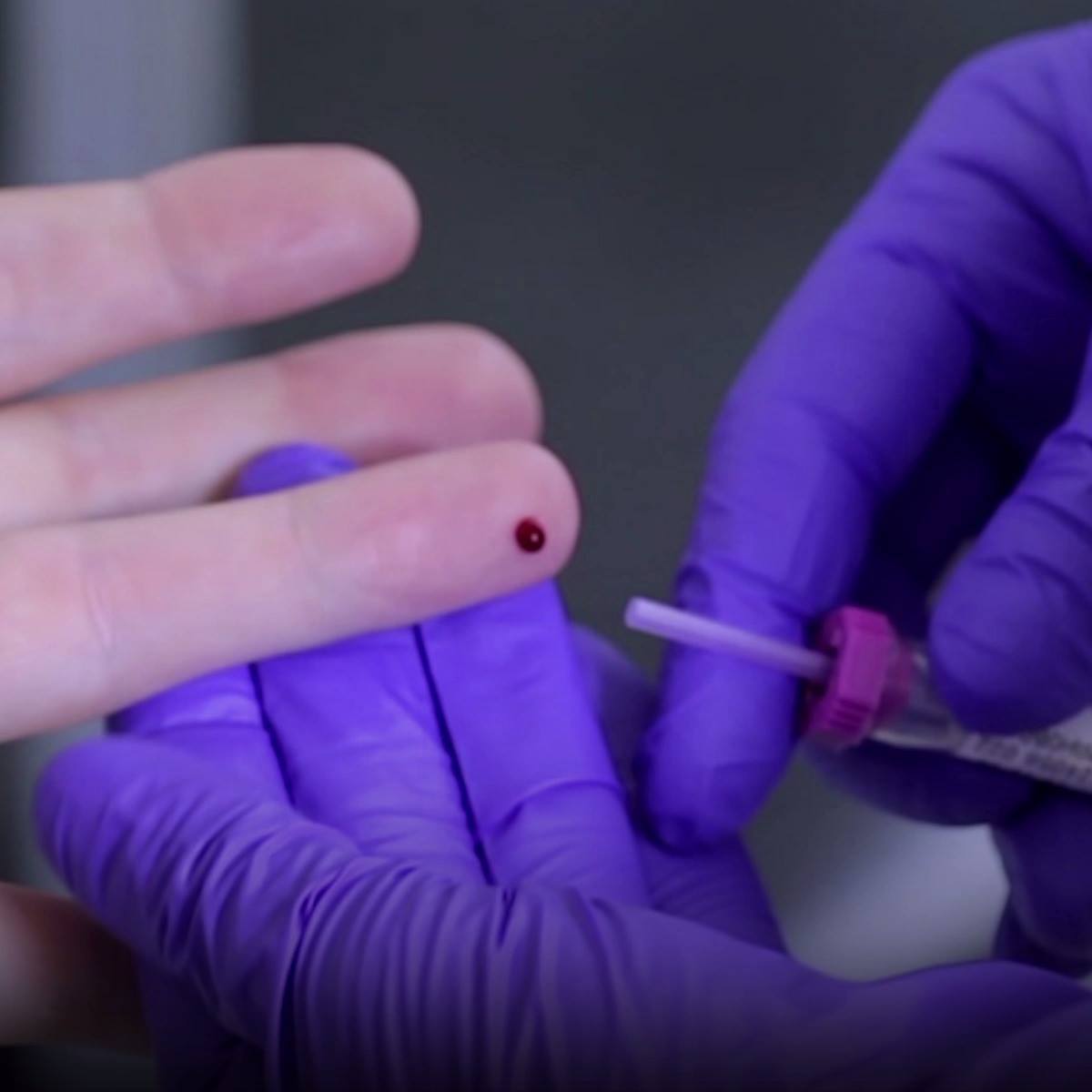Jul 30, 2018
DARPA pushes for AI that can explain its decisions
Posted by Shailesh Prasad in categories: innovation, robotics/AI
Companies like to flaunt their use of artificial intelligence to the point where it’s virtually meaningless, but the truth is that AI as we know it is still quite dumb. While it can generate useful results, it can’t explain why it produced those results in meaningful terms, or adapt to ever-evolving situations. DARPA thinks it can move AI forward, though. It’s launching an Artificial Intelligence Exploration program that will invest in new AI concepts, including “third wave” AI with contextual adaptation and an ability to explain its decisions in ways that make sense. If it identified a cat, for instance, it could explain that it detected fur, paws and whiskers in a familiar cat shape.
Importantly, DARPA also hopes to step up the pace. It’s promising “streamlined” processes that will lead to projects starting three months after a funding opportunity shows up, with feasibility becoming clear about 18 months after a team wins its contract. You might not have to wait several years or more just to witness an AI breakthrough.
Continue reading “DARPA pushes for AI that can explain its decisions” »
